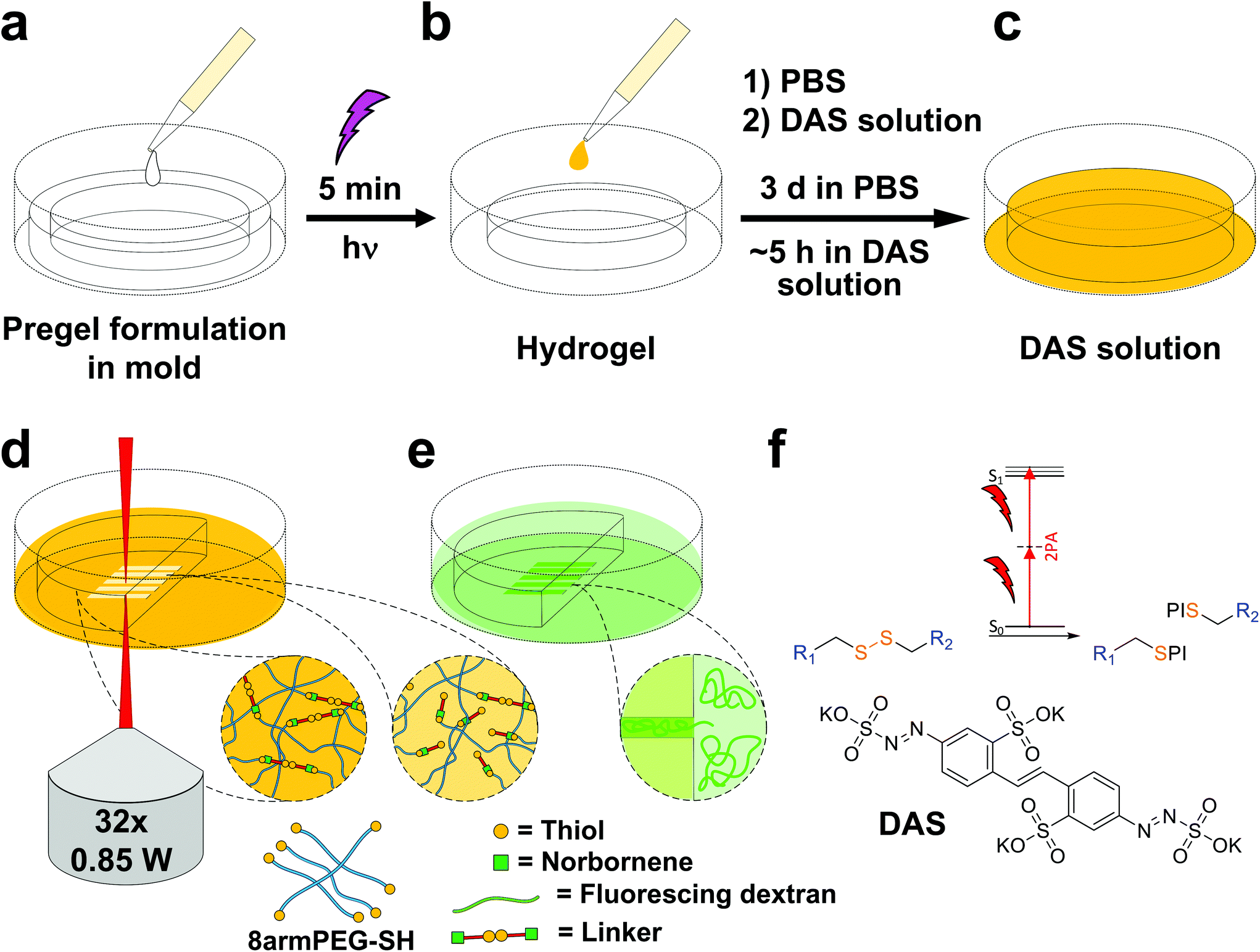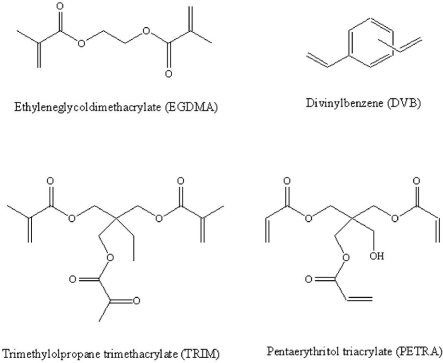

Chemical and physical basics of routine formaldehyde fixation. Thavarajah R, Mudimbaimannar VK, Elizabeth J, Rao UK, Ranganathan K. In: Chemistry of protein and nucleic acid cross-linking and conjugation.

Covering these aspects, the present review highlights the flexible chemistry of FNAB and its applications in the field of surface engineering, immobilization of biomolecules such as antibodies, enzymes, cells, carbohydrates, oligonucleotides, and DNA aptamers, and rapid diagnostics. FNAB has distinct advantages over perfluorophenyl azide derivatives, which are contemporary nitrene-generating photolinkers, because of its simple, single-step preparation and ease of thermochemical and photochemical reactions with versatile polymers and biomolecules. The first evidence of photochemical activation of an inert surface by FNAB through nitrene insertion reaction was reported in 2001, and the FNAB-activated surface was found to conjugate a biomolecule without any catalyst, reagent, or modification. Surprisingly, this photolinker, historically known as 1-fluoro-2-nitro-4-azidobenzene (FNAB), has remained unexplored for a long time because of apprehension that FNAB forms ring-expanded dehydroazepine as a major product and hence cannot activate an inert polymer. In this review, we describe the versatile applications of 4-fluoro-3-nitrophenyl azide, one of the oldest photolinkers used for photoaffinity labeling in the late 1960s.

Among them, the benzophenones, aryldiazirines, and arylazides represent the most commonly used photolinker to produce the desired chemical linkage upon their photo-irradiation. Different linkers with a variety of functional groups are used for these purposes. Immobilization of biomolecules onto polymer surfaces and the construction of bioconjugates are essential requirements of many biochemical assays and chemical syntheses. Covalency of antibody binding was inferred from: (i) the strict dependence of photoreagent availability (ii) the light-dependence of the immobilization process and (iii) the reversibility of immunocomplexation after acid treatment.Bioconjugation and functionalization of polymer surfaces are two major tasks in materials chemistry which are accomplished using a variety of coupling agents. Co-coating procedures yielded 62 and 65% binding of applied 14C-labelled F(ab')2 and F(ab') fragments respectively. Photoimmobilization of anti-PSA F(ab') fragments in the presence of T-BSA revealed exponential binding characteristics indicating stabilizing molecular co-operativity of the BSA constituent. Immuno-responses of photoimmobilized monoclonal anti-AFP antibodies were equivalent to signal intensities obtained with physically adsorbed antibodies. The immunoreagents remained immunologically active after 350 nm irradiation (irradiance 0.7 mW.cm-2 for 20 min). Prior to photo-activation, F(ab')2 or F(ab') fragments derived from anti-(prostate-specific antigen) monoclonal antibodies were mixed and co-coated with the photolinker polymer on to polystyrene microplates. In this and the co-coating procedure described, diazirine-functionalized BSA (T-BSA) served as the multifunctional light-activatable linking agent (photolinker polymer). Anti-alpha-foetoprotein (anti-AFP) monoclonal antibodies were covalently linked to microplates by layer-coating procedures, which entail antibody photoimmobilization to a photolinker-polymer-precoated surface. Photolinker-polymer-mediated covalent immobilization of antibodies, F(ab') and F(ab')2 fragments has been achieved by light-dependent coupling procedures.


 0 kommentar(er)
0 kommentar(er)
